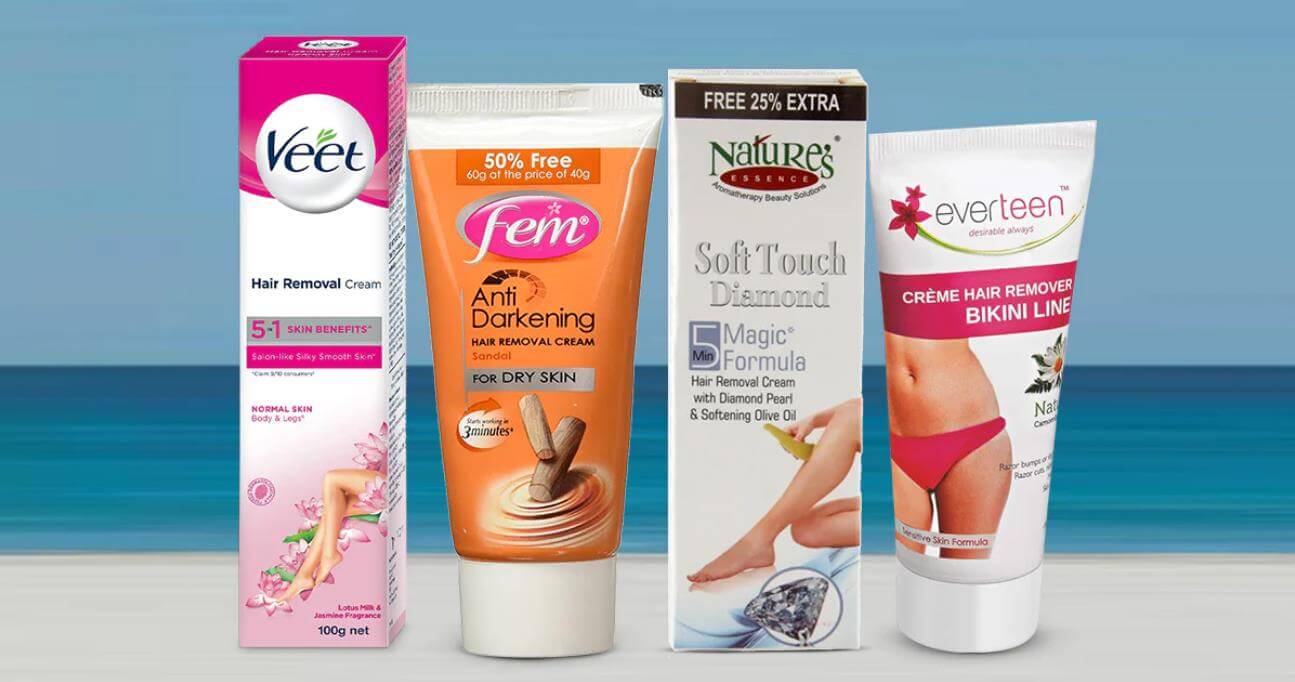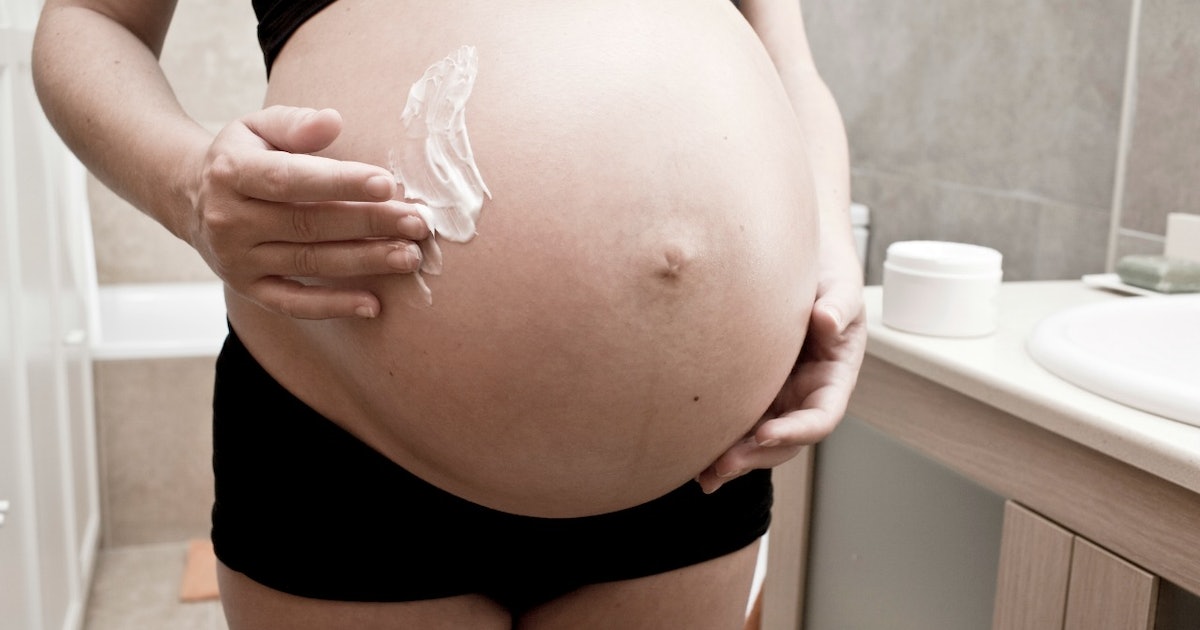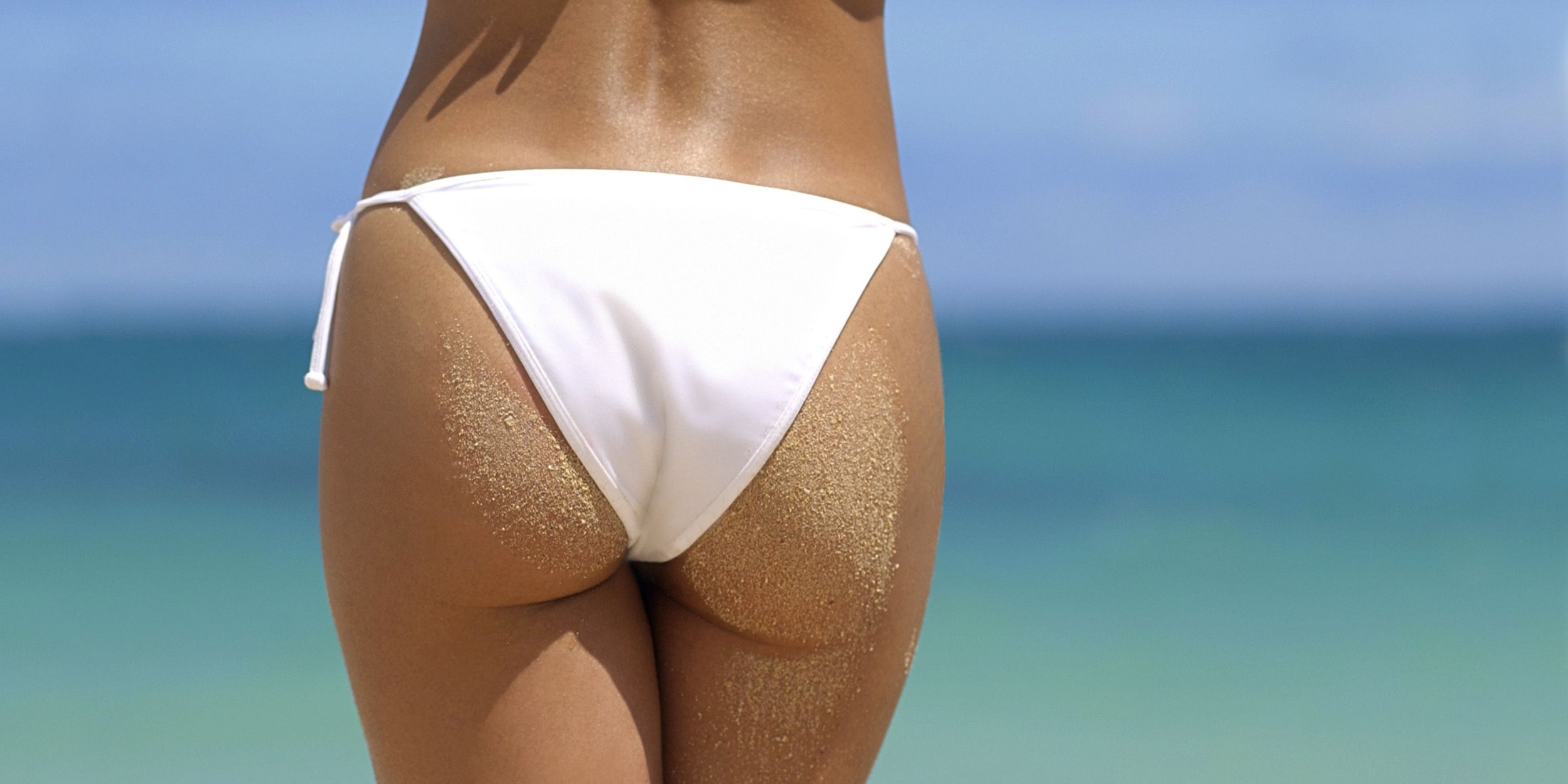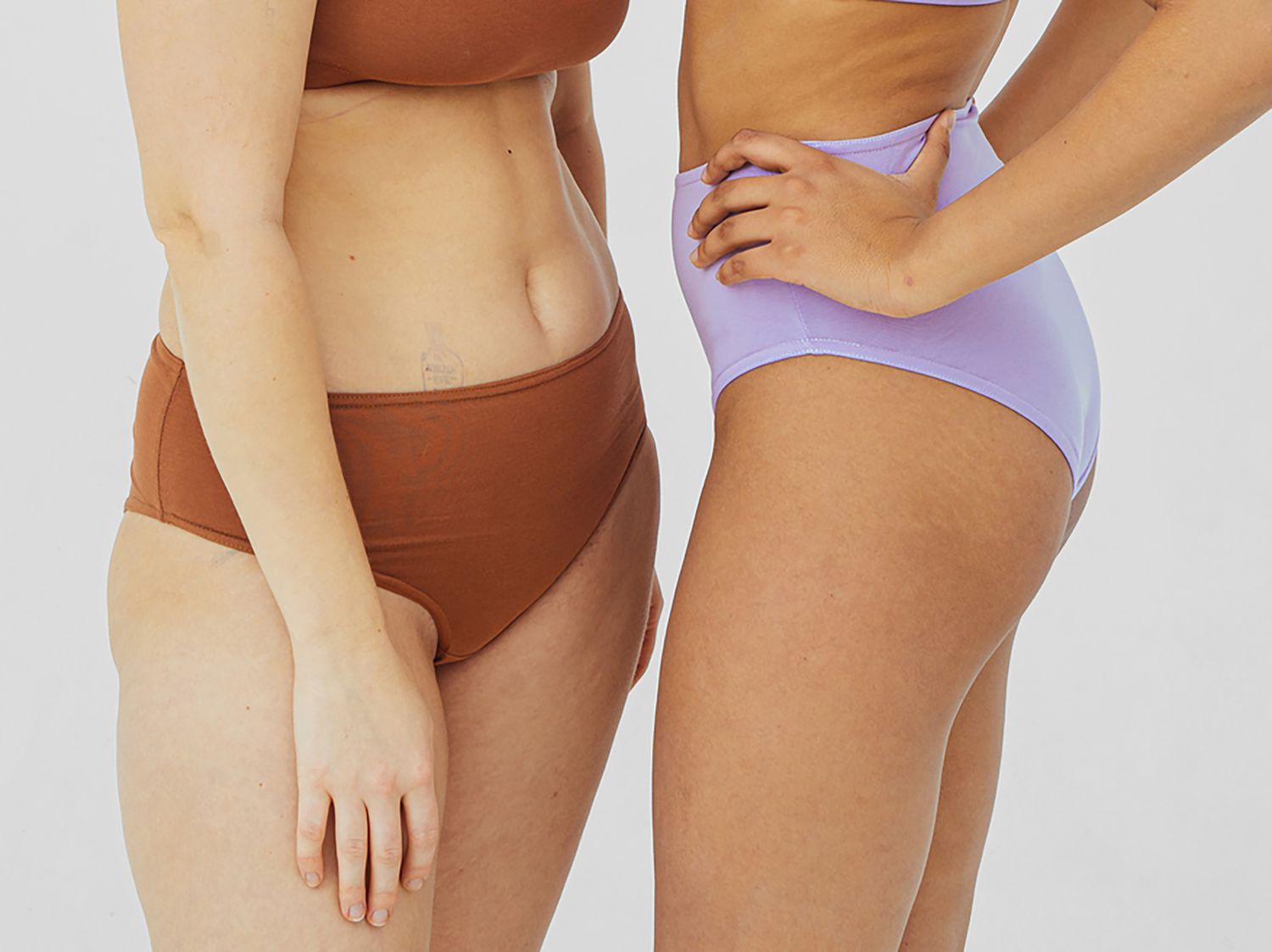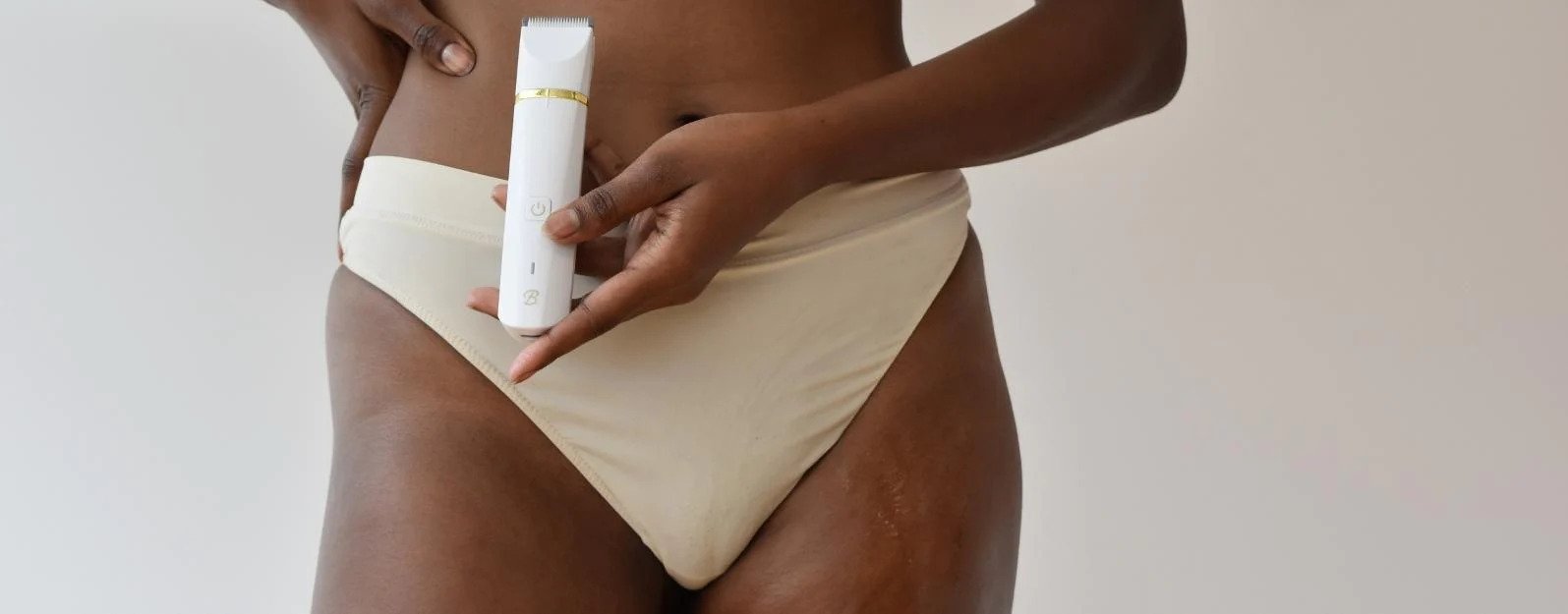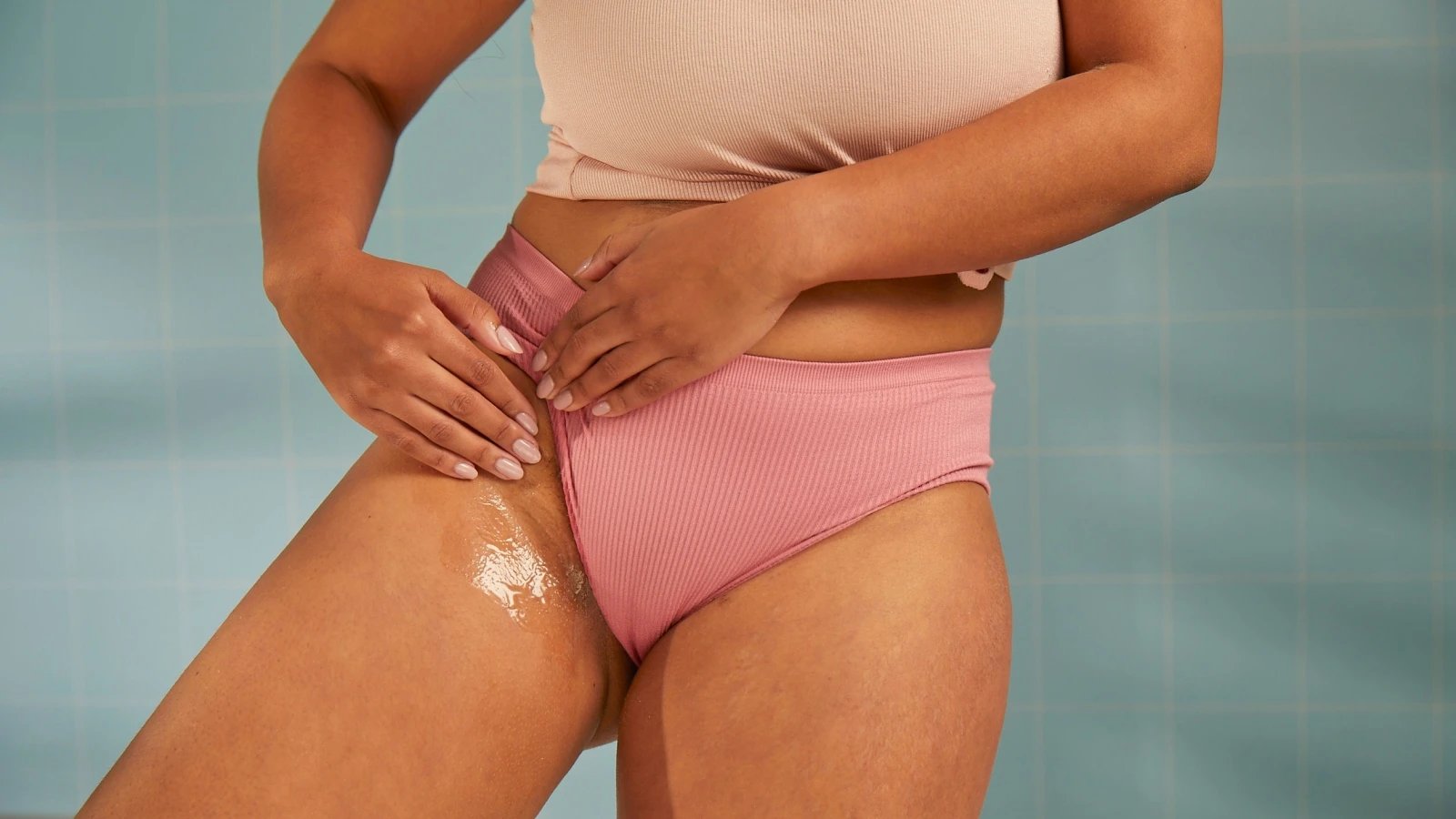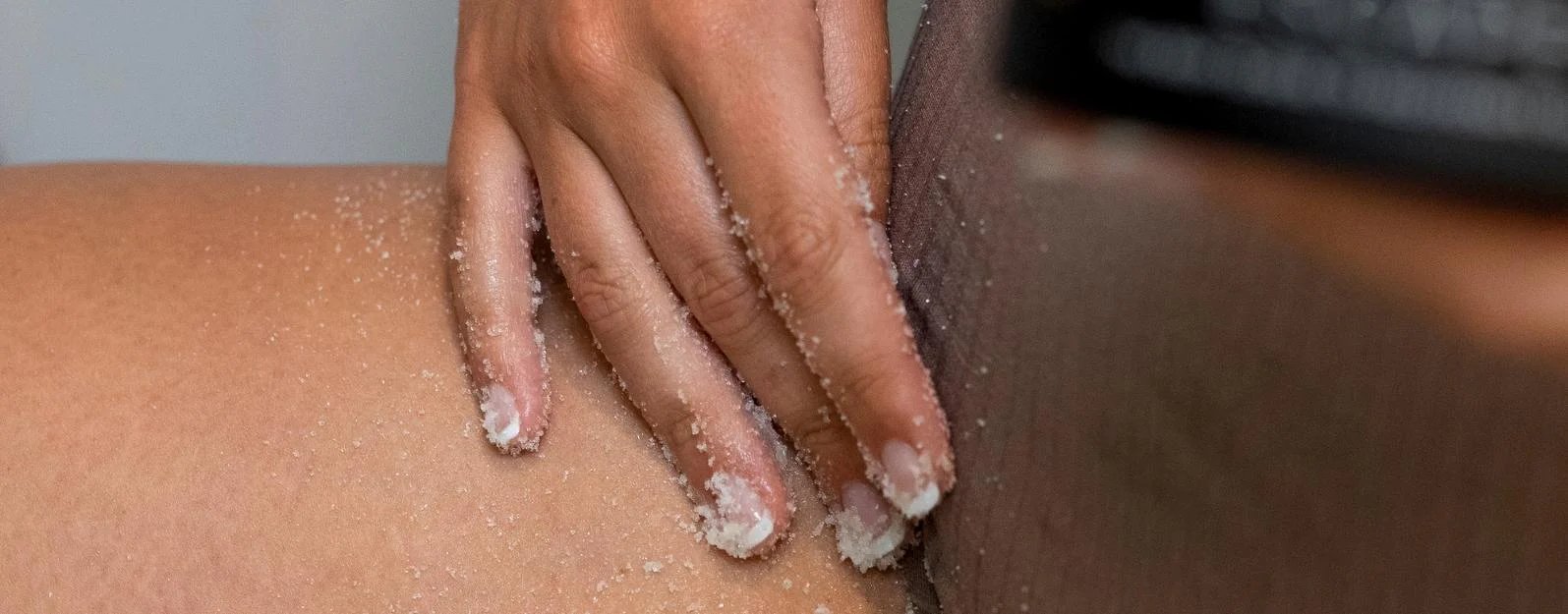Home>How-to Guides>For Women>How To Epilate Bikini Area
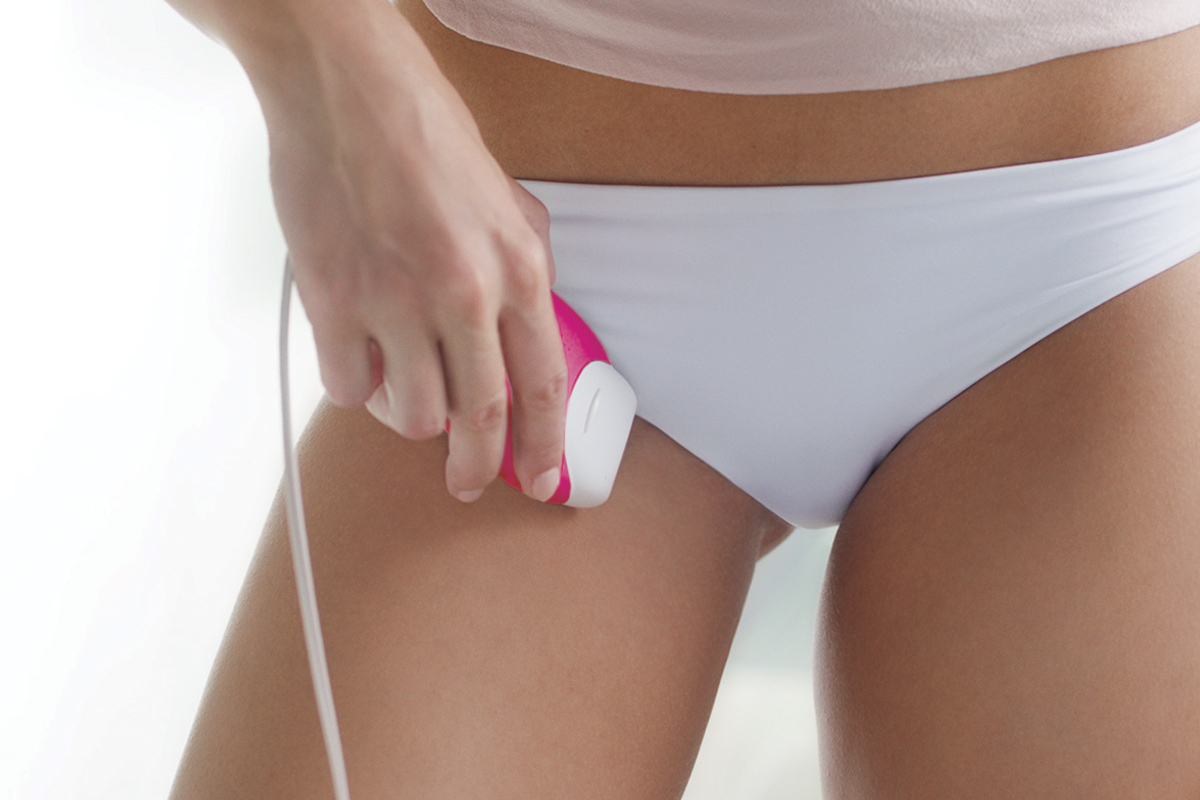

For Women
How To Epilate Bikini Area
Modified: September 23, 2023
Discover the best way for women to epilate their bikini area with our step-by-step guide. Achieve smooth and long-lasting results with our expert tips and recommendations.
(Many of the links in this article redirect to a specific reviewed product. Your purchase of these products through affiliate links helps to generate commission for Under-tec.com, at no extra cost. Learn more)
Table of Contents
Introduction
Welcome to the world of epilation! If you’re tired of traditional hair removal methods like shaving or waxing, then epilation might be the perfect solution for you. Epilating the bikini area can help you achieve long-lasting smoothness so you can confidently rock your favorite swimwear without worrying about unwanted hair.
Whether you’re a newbie or an experienced epilator, this comprehensive guide will provide you with all the information you need to safely and effectively epilate your bikini area. From preparing your skin to choosing the right epilator and following the step-by-step process, we’ve got you covered.
One of the key benefits of epilation is that it removes hair from the root, resulting in slower regrowth and smoother skin. While it may cause some discomfort initially, with regular use, the pain diminishes over time. Plus, the results can last for up to four weeks, making epilation a cost-effective and convenient hair removal method.
Before we dive into the details, it’s important to note that everyone’s pain tolerance and experience with epilation can vary. What works for one person may not work for another. The key is to find what works best for you and experiment with different techniques and products until you achieve your desired results.
So, if you’re ready to take the plunge into the world of epilation and achieve beautifully smooth skin, let’s get started!
Preparing Your Skin
Before you begin the epilation process, it’s essential to properly prepare your skin to minimize potential discomfort or irritation. Here are some steps to follow:
- Cleanse your skin: Start by thoroughly cleaning your bikini area with a gentle cleanser. Removing any dirt, oil, or sweat will help prevent clogged pores and ensure a hygienic epilation session.
- Exfoliate: Next, exfoliate your skin to remove dead skin cells and help prevent ingrown hairs. Use a gentle exfoliating scrub or a body brush to gently buff the bikini area. This will also help the epilator grab the hairs more easily.
- Trim longer hairs: If your hair is too long, it’s a good idea to trim it before epilation. Using scissors or a bikini trimmer, carefully shorten the hair to a manageable length, typically around 1/4 inch (6 mm).
- Dry your skin thoroughly: Make sure your skin is completely dry before you start epilating. Moisture can make the hairs more slippery, which might lead to less effective epilation.
By following these preparation steps, you’ll create an optimal environment for a smooth and comfortable epilation experience.
Choosing the Right Epilator
When it comes to choosing an epilator for your bikini area, there are a few factors to consider. Here are some key points to help you make the right decision:
- Type of epilator: There are two main types of epilators: corded and cordless. Corded epilators provide continuous power, while cordless ones offer more flexibility and convenience. Consider your preferences and the availability of power outlets in your epilation area.
- Number of tweezers: Epilators come with varying numbers of tweezers, which are responsible for removing the hair. A higher number of tweezers can result in quicker and more efficient hair removal.
- Wet and dry capabilities: Some epilators are designed for dry use only, while others are suitable for both wet and dry use. Wet epilation can be more comfortable for sensitive areas like the bikini area, as water can help minimize discomfort.
- Attachments and accessories: Look for epilators that come with different attachments specifically designed for the bikini area. These attachments can help ensure more precise and efficient hair removal.
- Speed settings: Epilators with adjustable speed settings allow you to customize the epilation process according to your comfort level and hair thickness.
- Budget: Consider your budget when selecting an epilator. There are various options available at different price points, so you’re sure to find something that suits your needs and wallet.
It’s also helpful to read reviews and do some research on different brands and models to see what other users have to say about their experiences. This can provide valuable insights and help you make an informed decision.
Remember, finding the right epilator is crucial for a successful and enjoyable epilation experience. It’s worth investing some time and effort into choosing the one that suits you best.
Tips for a Comfortable Epilation Experience
Epilating the bikini area can be a bit intimidating, but with the right techniques and tips, you can ensure a more comfortable experience. Here are some helpful tips to keep in mind:
- Choose the right time: Epilate after a warm shower or bath when your pores are open and your skin is relaxed. This can make the process less painful and help prevent ingrown hairs.
- Relax your muscles: Tensing up your muscles can make the epilation process more uncomfortable. Try to stay relaxed and take deep breaths to minimize any discomfort.
- Stretch the skin: Gently stretch the skin in the area you’re about to epilate. This helps the epilator get a better grip on the hairs and reduces the chances of pinching the skin.
- Hold the epilator at the right angle: Hold the epilator at a 90-degree angle to your skin. This allows the tweezers to grab the hair effectively without causing extra irritation.
- Start with less sensitive areas: If you’re new to epilating or have a low pain tolerance, start with less sensitive areas of the bikini area before moving on to more sensitive areas.
- Take breaks if needed: If you experience discomfort during the process, take short breaks to give your skin a rest. This can help you regroup and make the experience more manageable.
- Apply gentle pressure: Avoid pressing too hard with the epilator against your skin. Gentle, even pressure is enough to remove the hair without causing undue pain or irritation.
- Keep the epilator clean: Regularly clean the epilator to prevent any buildup of dirt or bacteria. Follow the manufacturer’s instructions for proper cleaning and maintenance.
- Moisturize after epilation: After epilating, apply a soothing moisturizer to replenish and hydrate your skin. This can help soothe any redness or irritation that may occur.
Remember, each person’s experience with epilation is unique, and it might take a few sessions to get used to the process. Be patient, follow these tips, and you’ll soon be on your way to achieving smooth and hair-free bikini area.
Step-by-Step Guide to Epilating the Bikini Area
Epilating the bikini area requires some careful technique and attention to detail. Follow these step-by-step instructions for a successful and effective hair removal process:
- Trim longer hairs: If necessary, use scissors or a bikini trimmer to trim any long hairs in the bikini area to a manageable length.
- Cleanse your skin: Start by thoroughly cleansing the area with a gentle cleanser to ensure it’s free from any dirt or oil.
- Apply a numbing cream (optional): If you have a low pain tolerance, consider applying a numbing cream to the bikini area about 20-30 minutes before epilation. This can help minimize any discomfort.
- Exfoliate the area: Using a gentle exfoliating scrub or body brush, exfoliate the bikini area to remove dead skin cells and help prevent ingrown hairs.
- Dry your skin thoroughly: Ensure the bikini area is completely dry before you begin epilating. Moisture can make it more difficult for the epilator to grab the hairs effectively.
- Stretch the skin: Gently stretch the skin in the area you’re about to epilate to create a taut surface for the epilator to work on.
- Hold the epilator at a 90-degree angle: Hold the epilator at a 90-degree angle to your skin and slowly glide it against the direction of hair growth. Move in small, controlled motions to ensure all the hairs are captured.
- Take breaks if needed: If you experience any discomfort, take short breaks to rest your skin and regroup before continuing.
- Continue epilating: Repeat the process, moving systematically across the entire bikini area. Take your time and be thorough to ensure all the hairs are removed.
- Moisturize your skin: After completing the epilation process, apply a soothing and moisturizing lotion to calm the skin and prevent any post-epilation irritation.
Remember, consistency is key when it comes to epilating the bikini area. With regular sessions, your skin will become more accustomed to the process, and the hair will grow back finer and sparser over time.
Keep in mind that everyone’s pain tolerance is different, and you might experience some discomfort during the process. Don’t be discouraged if it’s a bit uncomfortable initially. With practice and following the proper techniques, you’ll become a pro at epilating your bikini area.
Aftercare Tips for Soothing the Skin
After epilating your bikini area, it’s important to take proper care of your skin to soothe any redness or irritation and promote quick recovery. Here are some aftercare tips to help you maintain smooth and healthy skin:
- Apply a soothing lotion or gel: After epilation, apply a gentle and moisturizing lotion or gel to calm the skin. Look for products that contain soothing ingredients like aloe vera or chamomile.
- Avoid tight clothing: Opt for loose-fitting clothing after epilation to prevent friction and irritation to the sensitive skin in the bikini area.
- Avoid exposure to heat: Avoid activities that can increase heat and sweating in the bikini area, such as hot baths, saunas, or intense workouts, as these can further irritate the skin.
- Avoid exfoliation for a few days: Give your skin a break from exfoliation for a few days after epilating. This allows the skin to heal and reduces the risk of further irritation.
- Avoid sun exposure: Protect the epilated area from direct sun exposure, as the skin can be more sensitive and prone to sunburn. If you need to be in the sun, apply a broad-spectrum sunscreen with at least SPF 30.
- Avoid scratching or picking: Even if you experience some itching after epilation, refrain from scratching or picking at the skin as it can lead to further irritation or potential infection.
- Moisturize regularly: Keep your skin well-hydrated by moisturizing daily. This helps to maintain the skin’s natural moisture barrier and promotes overall skin health.
- Prevent ingrown hairs: To minimize the risk of ingrown hairs, gently exfoliate the bikini area regularly using a soft brush or an exfoliating scrub. This helps to remove dead skin cells and prevent hair from getting trapped beneath the surface.
- Avoid using harsh chemicals: Refrain from using harsh chemical products, such as perfumed lotions or alcohol-based products, on the epilated skin. These can cause further irritation and discomfort.
- Give your skin time to rest: If you experience any prolonged redness or irritation, take a break from epilation for a while to allow your skin to recover fully.
By following these aftercare tips, you can help soothe your skin, reduce any post-epilation discomfort, and maintain beautiful and healthy skin after epilating your bikini area.
Frequently Asked Questions (FAQs)
Here are some commonly asked questions about epilating the bikini area:
- Is epilating the bikini area painful?
- How long do the results of epilation last?
- Can I epilate if I have sensitive skin?
- Can epilation cause ingrown hairs?
- Can I use an epilator on other parts of my body?
- Can I epilate if I’m pregnant?
Epilation can be a bit uncomfortable, especially in sensitive areas like the bikini area. However, the pain tends to lessen with regular use, as the hair becomes finer and the skin adapts to the process.
Epilation removes hair from the root, so the results typically last for up to four weeks. However, hair growth patterns and individual differences can affect how long the results last for each person.
Yes, you can epilate if you have sensitive skin. However, it’s important to take precautions, such as choosing a lower speed setting, using a wet epilator, and applying a soothing lotion or gel afterward to minimize any potential irritation.
Epilation can potentially lead to ingrown hairs if proper exfoliation and aftercare are not followed. Regular exfoliation of the bikini area and applying a moisturizer will help prevent ingrown hairs.
Yes, epilators can be used on various parts of the body, including the legs, underarms, and arms. Just make sure to select the appropriate epilator for the specific area.
While epilation is generally safe during pregnancy, hormonal changes can make the skin more sensitive. It’s best to consult with your healthcare provider before using an epilator during pregnancy.
These are just a few of the most common questions about epilating the bikini area. If you have further questions or concerns, it’s always best to consult a dermatologist or a beauty professional who can provide personalized advice and guidance.
Conclusion
Epilating the bikini area can be a great way to achieve long-lasting smoothness and confidently rock your favorite swimwear. By following the proper techniques, using the right epilator, and taking care of your skin before and after the process, you can minimize discomfort and achieve desirable results.
Remember, everyone’s experience with epilation can vary, and it may take some time for your skin to adjust. Be patient and consistent, and soon you’ll notice finer and sparser hair regrowth, making epilation more manageable.
Always prioritize your skin’s health and comfort during and after epilation. Take the time to prepare your skin, choose the right epilator, and follow proper aftercare techniques to keep your skin smooth, hydrated, and free from irritation.
If you have any concerns or questions, it’s always a good idea to consult with a dermatologist or beauty professional who can provide personalized advice for your specific needs.
Now that you have all the knowledge and tips for epilating the bikini area, it’s time to get started! Embrace the benefits of long-lasting smoothness and enjoy the confidence that comes with it.
